A tooth or teeth may need to be removed when they have been severely affected by dental decay, infection, fracture or periodontal disease. In most cases it is important to replace these missing teeth not only for appearance reasons, but to ensure that the position of the neighbouring teeth remains stable and to ensure effective chewing function.
Each option has its own advantages, disadvantages and indications. Your dentist will discuss with you which options are suitable for your situation and help you make the decision on which option is right for you.
Implants
Bridges
Dentures
Dentures are still a treatment option and are most frequently used when all teeth are missing (full dentures) or when implants and bridges are contra-indicated (partial dentures). Partial dentures use metal clasps to grip around the neighbouring teeth and hold them in place. They can be made of plastic or metal. Unlike implants and bridges which are fixed into position, partial dentures are removable, which means that they are not as stable as implants and bridges and can be more uncomfortable. Your dentist and dental technician will work to make them as stable and comfortable as possible. They must be removed to clean and to clean the remaining teeth. Implants can be used to help anchor full dentures and this is now becoming the standard of care especially with lower dentures.
Video provided by GURUTM Patient Information Software


